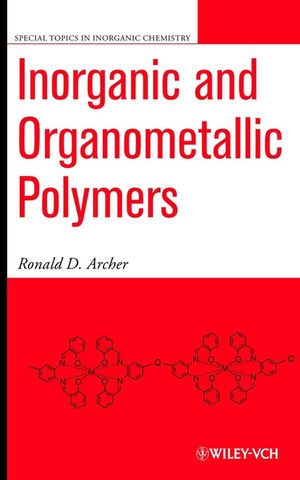

Most ebook files are in PDF format, so you can easily read them using various software such as Foxit Reader or directly on the Google Chrome browser.
Some ebook files are released by publishers in other formats such as .awz, .mobi, .epub, .fb2, etc. You may need to install specific software to read these formats on mobile/PC, such as Calibre.
Please read the tutorial at this link: https://ebookbell.com/faq
We offer FREE conversion to the popular formats you request; however, this may take some time. Therefore, right after payment, please email us, and we will try to provide the service as quickly as possible.
For some exceptional file formats or broken links (if any), please refrain from opening any disputes. Instead, email us first, and we will try to assist within a maximum of 6 hours.
EbookBell Team

0.0
0 reviewsThe first edition of this book was published in 1991. Since then the extensive impact of molecular cell biology on the field of iron biochemistry has opened new horizons in our understanding of the transport and storage of iron and of its homeostasis. The explosive use of molecular biological techniques applied to cellular biology of iron metabolism has resulted in a rapid expansion in the literature which has led to the need for this second edition.
This second edition also: